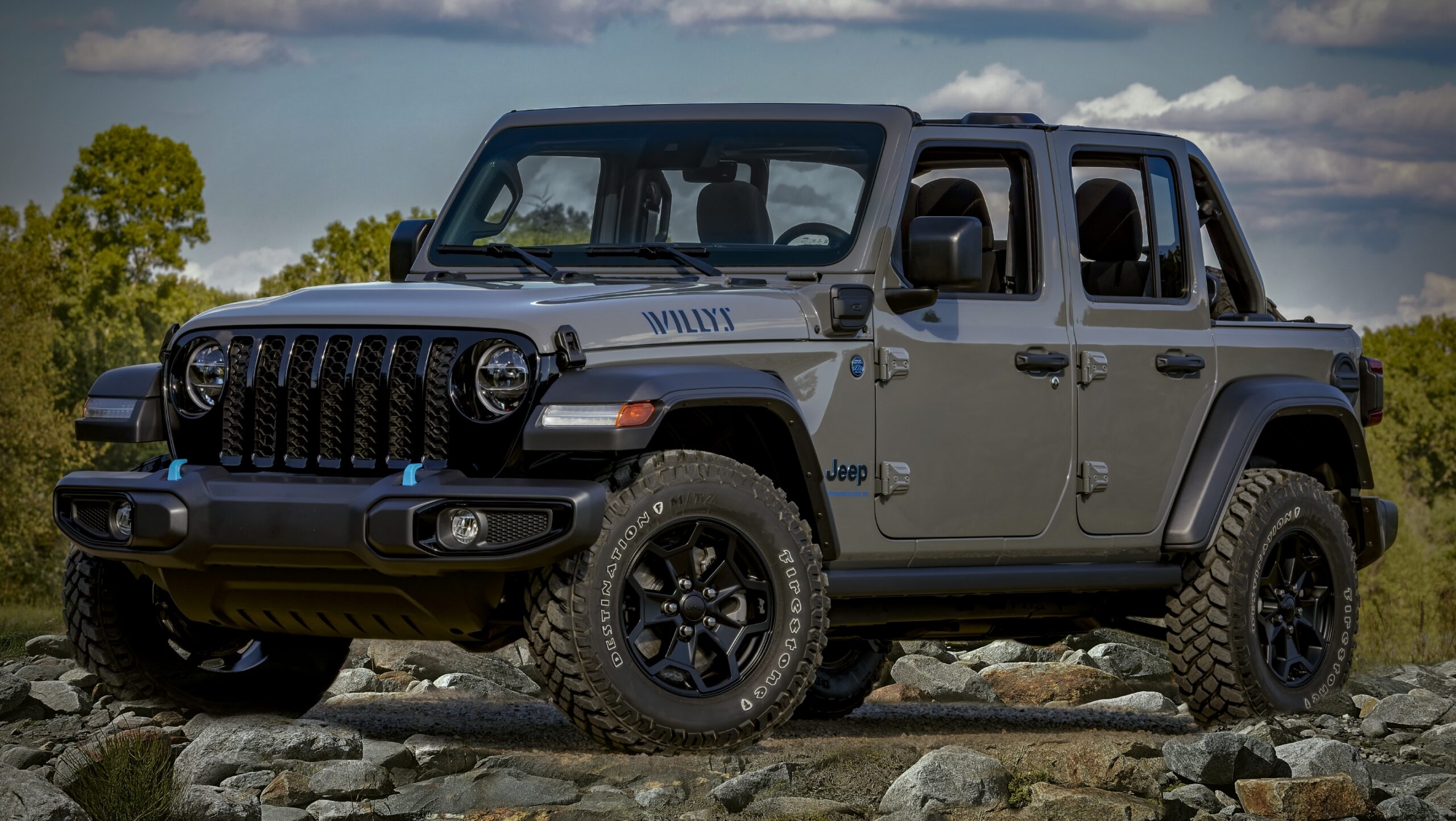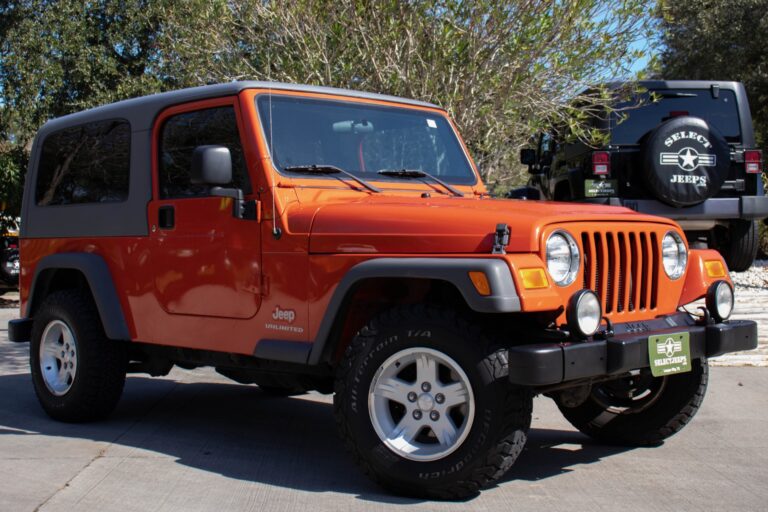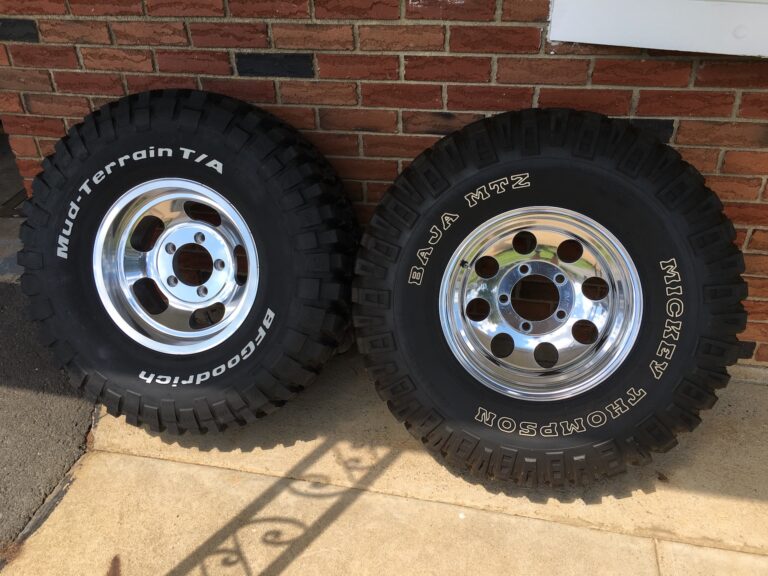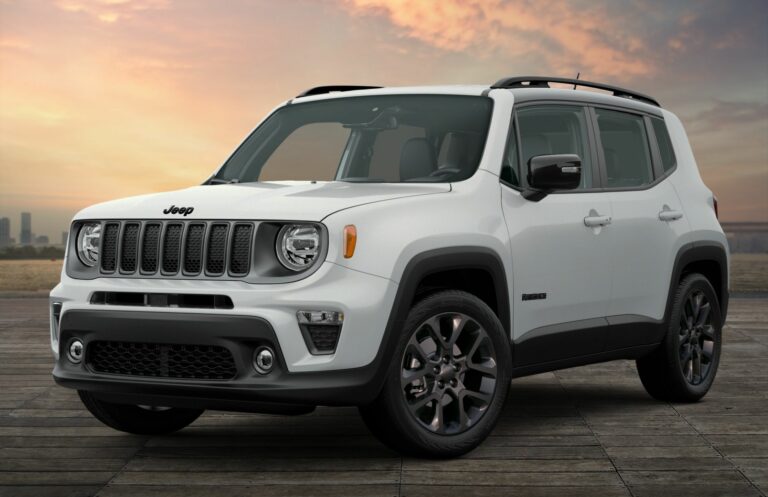Jeep Commander Wheels For Sale: A Comprehensive Buyer’s Guide
Jeep Commander Wheels For Sale: A Comprehensive Buyer’s Guide jeeps.truckstrend.com
The Jeep Commander, with its distinctive rugged yet refined aesthetic, has carved a niche for itself among SUV enthusiasts. Whether you own a WK (2006-2010) or simply appreciate its unique blend of utility and style, the wheels play a crucial role in its performance, appearance, and overall driving experience. When it comes to "Jeep Commander Wheels For Sale," the market offers a vast array of options, from stock replacements to aggressive aftermarket upgrades. Understanding these options, knowing where to look, and making an informed decision can significantly enhance your Commander’s capabilities and curb appeal. This guide will walk you through everything you need to know about finding and purchasing the perfect wheels for your Jeep Commander.
Understanding Your Jeep Commander’s Wheel Needs
Jeep Commander Wheels For Sale: A Comprehensive Buyer’s Guide
Before diving into the world of wheels, it’s essential to understand the fundamental specifications of your Jeep Commander’s original equipment manufacturer (OEM) wheels. This knowledge is crucial for ensuring compatibility and avoiding costly mistakes, especially when considering aftermarket options.
The primary specifications for Jeep Commander wheels are:
- Bolt Pattern: The Jeep Commander utilizes a 5×5" (5x127mm) bolt pattern. This means there are five lug holes, and they are arranged in a circle with a diameter of 5 inches or 127 millimeters. This is a critical measurement; wheels with a different bolt pattern simply will not fit.
- Center Bore: This is the hole in the center of the wheel that fits over the hub of your vehicle. The Commander typically has a center bore of 71.5mm. It’s vital that the new wheel’s center bore is either exactly 71.5mm or larger. If it’s larger, hub-centric rings can be used to ensure a snug fit and prevent vibrations.
- Offset and Backspacing: These measurements determine how far the wheel sticks out or tucks into the fender well.
- Offset is the distance from the wheel’s mounting surface to the wheel’s centerline. A positive offset means the mounting surface is towards the front of the wheel, pulling the wheel further into the fender. A negative offset pushes the wheel outwards.
- Backspacing is the distance from the mounting surface to the back edge of the wheel.
- OEM Commander wheels typically have an offset in the range of +40mm to +55mm. Changing these measurements significantly without proper research can lead to rubbing issues with fenders or suspension components, especially when upsizing tires.

- Wheel Diameter and Width: Stock Commander wheels generally range from 17 to 20 inches in diameter and 7.5 to 8 inches in width. Your choice of wheel diameter and width will directly impact tire fitment and potentially ride quality.

Knowing these specifications is your first step towards making a confident purchase, whether you’re looking for a direct OEM replacement or a custom look.
Types of Jeep Commander Wheels Available
The market for Jeep Commander wheels offers a diverse range of options, each with its own advantages and considerations.
1. OEM/Stock Wheels
These are the wheels that originally came with your Jeep Commander from the factory. They are designed to fit perfectly and maintain the vehicle’s original aesthetics and performance characteristics.
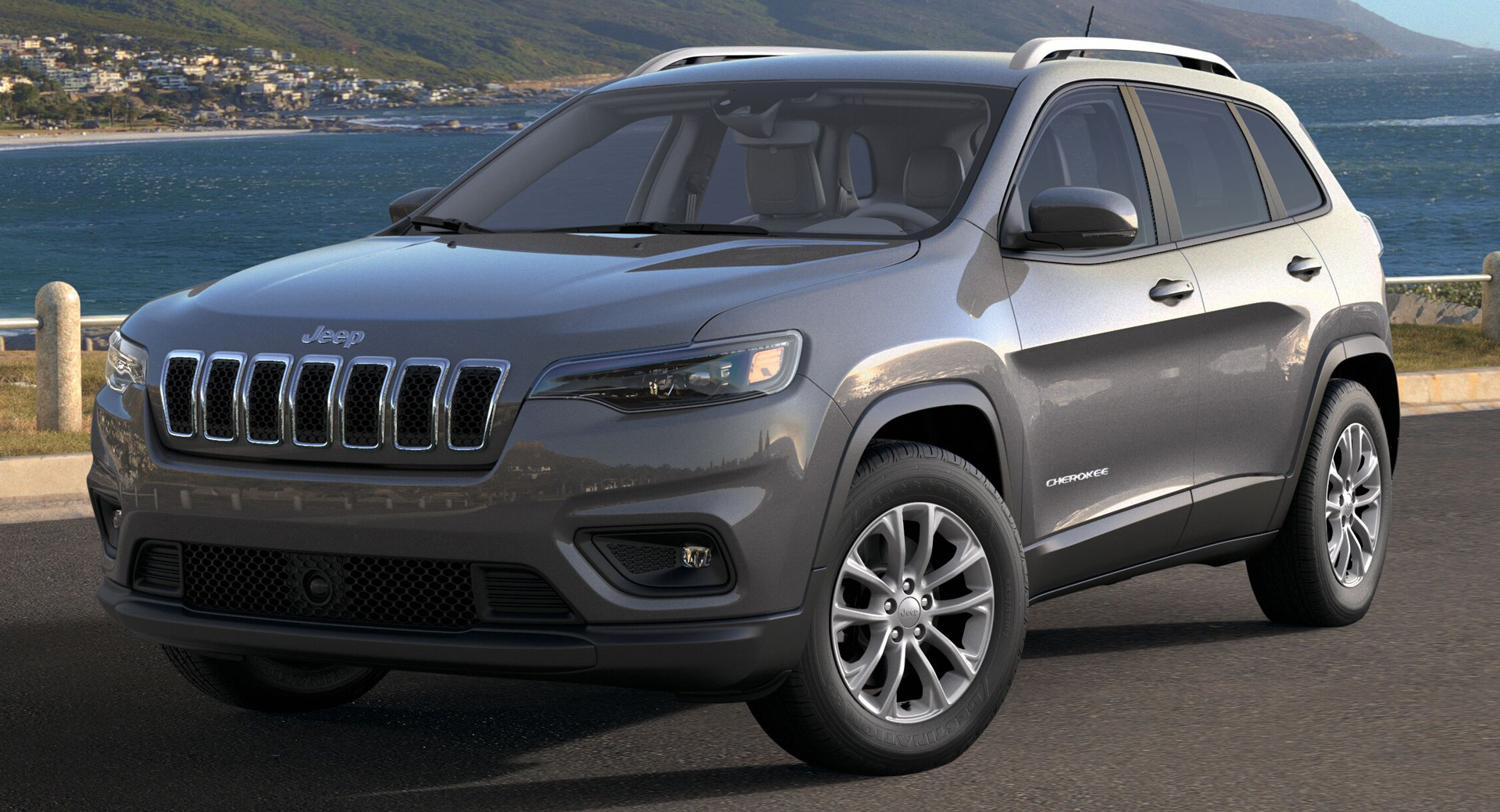
- Pros: Guaranteed fit, maintains factory look, often readily available as used parts.
- Cons: Limited design variety, can be pricey new from a dealership.
- Where to find: Jeep dealerships, specialized OEM parts suppliers, salvage yards, private sellers.
2. Aftermarket Wheels
Aftermarket wheels offer a vast universe of choices in terms of style, material, and size, allowing for significant customization.
- Material:
- Alloy Wheels: Most common type. Made from an aluminum alloy, they are lighter than steel wheels, which can improve fuel economy, handling, and ride comfort. They come in countless designs and finishes (painted, machined, chrome).
- Steel Wheels: Heavier and less aesthetically varied than alloy wheels, but they are significantly more durable and often cheaper. Ideal for heavy-duty use, off-roading (as they can often be hammered back into shape), or winter setups.
- Style:
- Off-Road Wheels: Designed for durability and rugged looks, often featuring beadlock-style rings (functional or aesthetic) and robust designs. Many are engineered for specific offset requirements to accommodate larger tires and lift kits.
- Street/Performance Wheels: Focus on aesthetics, lighter weight, and often larger diameters for a more aggressive street presence.
- Luxury/Chrome Wheels: Prioritize polished aesthetics and often come in larger diameters with intricate designs.
- Size: You can opt to stay with stock sizes or go for larger diameters (e.g., 22 inches) or wider wheels for a custom look or to accommodate larger tires. Be mindful that larger wheels can impact ride quality, require fender modifications, and necessitate speedometer recalibration if tire diameter changes.
3. Used vs. New Wheels
- New Wheels: Offer peace of mind with no prior damage, full warranty (if applicable), and pristine condition. Available from various online retailers and local shops.
- Used Wheels: A cost-effective option, especially for OEM replacements or discontinued aftermarket designs.
- Pros: Significant savings, quick availability.
- Cons: Potential for hidden damage (bends, cracks, repairs), curb rash, corrosion, no warranty. Thorough inspection is crucial.
Where to Find Jeep Commander Wheels For Sale
The avenues for purchasing Jeep Commander wheels are numerous, catering to different budgets and preferences.
- Online Retailers:
- Dedicated Wheel & Tire Sites: Websites like Tire Rack, Custom Offsets, Summit Racing, and Jegs offer extensive selections of new aftermarket wheels, often with fitment guides and package deals with tires.
- General E-commerce Platforms: Amazon, eBay, and Walmart.com also list new and used wheels from various sellers. Be cautious with fitment information on general platforms.
- Local Automotive Shops & Tire Stores: Your local tire shop or performance garage can order new wheels, provide expert advice on fitment, and often handle installation and balancing.
- Salvage Yards/Junk Yards: Excellent for finding used OEM wheels at a low cost. Inspect them thoroughly for damage before buying.
- Private Sellers: Craigslist, Facebook Marketplace, and local classifieds are good sources for used wheels. This route often offers the best deals but requires the most vigilance regarding condition and scams.
- Jeep Forums & Enthusiast Groups: Online forums (e.g., JeepForum.com, CommanderForum.com) and Facebook groups dedicated to Jeep Commander owners are fantastic resources. Members often sell their used wheels, and you can get direct advice from experienced owners.
Key Considerations When Buying Wheels
Making the right choice involves more than just picking a design you like. Here’s what to consider:
- Compatibility is Paramount: Reconfirm the bolt pattern (5×5" / 5x127mm), center bore (71.5mm), and ensure the offset/backspacing are appropriate for your desired look and tire size. Use online fitment guides or consult with a professional.
- Budget: Set a realistic budget. New aftermarket alloy wheels can range from a few hundred dollars per wheel to over a thousand, while used steel wheels might be under $100 each. Don’t forget to factor in installation, balancing, and potential TPMS sensor costs.
- Intended Use:
- Daily Driving: Focus on aesthetics, durability, and ride comfort.
- Off-Roading: Prioritize strength, durability (steel can be a good choice), and proper offset for clearance.
- Show/Aesthetics: Focus purely on design, finish, and size for visual impact.
- Tire Compatibility: New wheels often mean new tires. Ensure the wheel width is appropriate for your chosen tire size. Consult tire manufacturer specifications for recommended wheel width ranges.
- Condition (for Used Wheels):
- Visual Inspection: Look for curb rash, scratches, and chipped paint. These are cosmetic but affect value.
- Structural Damage: Crucially, check for bends, cracks (especially near spokes or lug holes), and deep gouges. A bent or cracked wheel is unsafe.
- Corrosion: Especially common on older alloy wheels or those in harsh climates.
- Test Fit (if possible): If buying locally, try to test fit one wheel to ensure it clears brake calipers and suspension components.
- Installation: While DIY is possible for experienced enthusiasts, professional installation and balancing are recommended to ensure safety and optimal performance.
- TPMS (Tire Pressure Monitoring System): Your Commander uses TPMS sensors. If your new wheels don’t come with them, you’ll need to transfer your old ones (if compatible) or purchase new ones. This adds to the cost.
- Return Policy/Warranty: Understand the seller’s return policy, especially for online purchases. New wheels often come with a manufacturer’s warranty against defects.
Tips for a Successful Purchase
- Do Your Research: Read reviews, browse forums, and look at photos of other Commanders with similar wheel setups.
- Measure Twice, Buy Once: Double-check all specifications against your vehicle’s requirements.
- Ask Questions: Don’t hesitate to ask sellers (especially private ones) about the wheel’s history, any repairs, or specific dimensions. Request detailed photos if buying online.
- Consider Wheel and Tire Packages: Many retailers offer discounted packages when you buy wheels and tires together. This also ensures compatibility.
- Factor in Shipping Costs: Large, heavy items like wheels can incur significant shipping fees, especially from online sellers.
- Protect Your Investment: Once installed, consider wheel locks to deter theft and regular cleaning to maintain their finish.
Potential Challenges and Solutions
- Incompatibility Issues: If wheels don’t fit (wrong bolt pattern, offset), you’ll face returns or needing spacers/adapters (which can introduce other issues). Solution: Rigorous research and verification of specs before purchase.
- Damaged Goods (New): Wheels can be damaged in transit. Solution: Inspect immediately upon arrival and document any damage for a claim with the seller/shipper.
- Hidden Damage (Used): A seemingly good deal on used wheels can hide structural issues. Solution: Insist on thorough inspection, potentially by a tire shop, before finalizing the purchase. If buying remotely, ask for high-resolution photos and even video.
- Installation Difficulties: Incorrect lug nut torque, improper balancing, or TPMS sensor issues can arise. Solution: Have wheels professionally installed and balanced by a reputable shop.
- Rubbing Issues: Especially with larger aftermarket wheels/tires, rubbing on fenders or suspension components can occur. Solution: Carefully plan tire size relative to wheel offset, consider lift kits, or be prepared for minor fender trimming.
Sample Price Table: Jeep Commander Wheels For Sale
Please note: Prices are illustrative and can vary significantly based on brand, condition, finish, seller, and market demand. This table provides a general range.
| Wheel Type | Material | Condition | Typical Price Range (Per Wheel, USD) | Notes |
|---|---|---|---|---|
| OEM Stock Wheels | Alloy | Used | $75 – $250 | From salvage yards, private sellers. Price depends on condition and rarity. |
| OEM Stock Wheels | Alloy | New | $300 – $600+ | From dealerships or specialized OEM parts suppliers. |
| Aftermarket Alloy | Alloy | New | $150 – $400 | Entry-level to mid-range brands. Common sizes (17-20 inch). |
| Aftermarket Alloy | Alloy | New | $400 – $800+ | Premium brands, larger sizes (20-22 inch), specialized finishes, forged options. |
| Aftermarket Steel | Steel | New | $80 – $150 | Basic black steel wheels, often used for winter or off-road setups. |
| Aftermarket Alloy | Alloy | Used | $100 – $350 | From private sellers. Price highly dependent on condition, brand, and original cost. |
| Wheel & Tire Package | Varies | New | $1,000 – $3,000+ | Includes 4 wheels and 4 tires, often discounted. Price varies based on wheel/tire choice. |
| TPMS Sensors | Electronic | New | $25 – $75 (each) | Needed if new wheels don’t include them or old ones aren’t compatible. |
| Installation & Balance | Service | N/A | $80 – $150 (for 4 wheels) | Standard shop labor cost. |
Frequently Asked Questions (FAQ)
Q1: What is the bolt pattern for a Jeep Commander?
A1: The Jeep Commander uses a 5×5" (5x127mm) bolt pattern. This is a crucial specification for wheel compatibility.
Q2: Can I put bigger wheels on my Jeep Commander?
A2: Yes, you can typically go up a few inches in wheel diameter (e.g., from 17" to 20" or even 22"). However, you must consider the tire size to avoid rubbing issues with fenders or suspension components. Larger wheels and tires may also require a lift kit and speedometer recalibration.
Q3: Do I need new TPMS sensors when I buy new wheels?
A3: If your new wheels don’t come with TPMS sensors, you will need to either transfer your existing sensors (if they are compatible with the new wheels) or purchase new ones. Ignoring this will cause a TPMS warning light on your dashboard.
Q4: How do I know if the wheels will fit my Commander?
A4: You need to verify the bolt pattern (5×5"), center bore (71.5mm), and ensure the offset and backspacing are suitable. Online wheel retailers often have fitment guides. When in doubt, consult a reputable tire or wheel shop.
Q5: Is it safe to buy used wheels?
A5: It can be safe, but it requires careful inspection. Look for any signs of cracks, bends, or previous repairs. Ideally, have a tire shop inspect them or ask for a "road force balance" to check for hidden issues before purchase. Avoid wheels with visible structural damage.
Q6: Will new wheels affect my ride quality?
A6: Yes, they can. Larger diameter wheels with lower-profile tires generally result in a firmer, potentially harsher ride due to less sidewall flex. Heavier wheels can also impact acceleration and braking slightly.
Conclusion
Finding the perfect "Jeep Commander Wheels For Sale" is an exciting journey that can transform the look and feel of your vehicle. By understanding the essential technical specifications, exploring the diverse range of OEM and aftermarket options, and knowing where to search, you’re well-equipped to make an informed decision. Remember to prioritize compatibility, inspect thoroughly (especially for used wheels), and factor in all associated costs. With the right set of wheels, your Jeep Commander will not only stand out but also perform optimally, ready for whatever adventure lies ahead.

